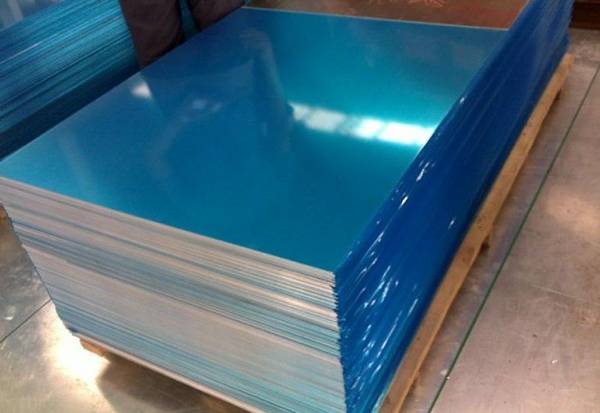As the aluminum industry continues to shape various sectors, the cost of raw materials remains a critical consideration. For those involved in the aluminum alloy realm, understanding the factors influencing the cost of 5052 aluminium plates is key to making informed decisions. In this exploration, we delve into five factors that significantly impact the pricing of 5052 aluminium plates, catering to manufacturers, distributors, and enthusiasts in the aluminium alloy domain.

1. Alloy Composition and Purity:
The composition of the 5052 aluminium alloy plays a pivotal role in determining its cost. Higher purity levels and precise alloy formulations often result in superior performance characteristics, making the material more desirable. Manufacturers invest in refining alloy compositions to meet specific industry requirements, and this refinement can contribute to an increase in cost.
2. Manufacturing Processes and Standards:
The methods employed in the manufacturing of 5052 aluminium plates influence their cost. Plates produced using advanced and efficient manufacturing processes may be priced higher due to increased precision and reduced waste. Adherence to stringent industry standards also adds to the production cost, ensuring that the final product meets quality benchmarks.
3. Plate Thickness and Size:
The thickness and size of 5052 aluminium plates directly impact their cost. Thicker plates typically require more raw material and energy during the manufacturing process, contributing to higher costs. Additionally, larger-sized plates may incur increased transportation and handling expenses, influencing the overall pricing of the material.
4. Surface Finish and Treatment:
The surface finish and treatment options chosen for 5052 aluminium plates can affect their cost. Plates with specialized coatings or finishes may be priced higher due to the added processes involved. These surface treatments not only enhance the aesthetic appeal but also provide corrosion resistance and durability, making them a valuable investment for specific applications.
5. Market Demand and Supply Chain Dynamics:
Economic principles of supply and demand play a significant role in determining the cost of 5052 aluminium plates. Fluctuations in market demand, availability of raw materials, and supply chain disruptions can impact pricing. Understanding the market dynamics and monitoring trends can assist manufacturers, distributors, and purchasers in making strategic decisions related to the timing of procurement.
In conclusion, the cost of 5052 aluminium plates is influenced by a combination of factors ranging from alloy composition and manufacturing processes to plate thickness and market dynamics. Manufacturers, distributors, and individuals involved in the aluminium alloy sector must navigate these variables strategically to optimize costs without compromising quality. By understanding the intricacies of these factors, stakeholders in the aluminium industry can make well-informed decisions, ensuring the efficient and cost-effective utilization of 5052 aluminium plates in various applications.
